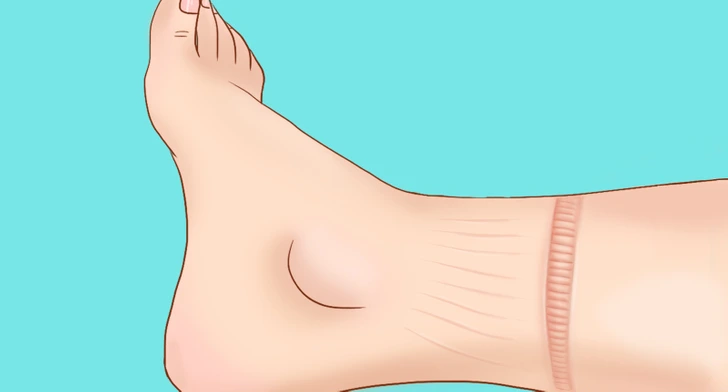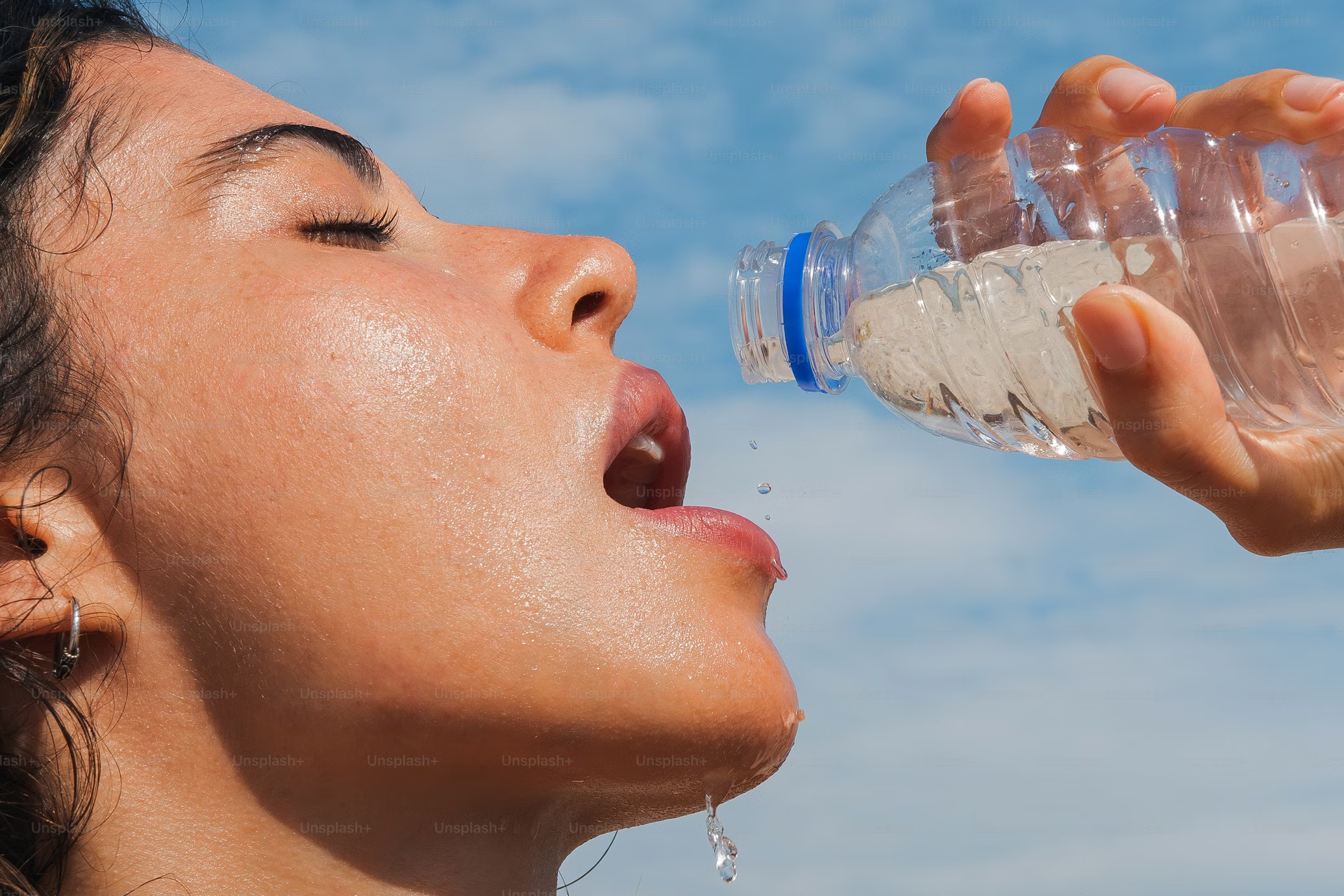So much has been written concerning eating healthy meals and having an improved diet that sometimes it’s exhausting to know where to start. many fad diets promise instant results in return for following difficult rules, however essentially, having a healthy, diet principally means that knowing some easy principles and sticking to them.
To help you start, we’ve put along a list of practical ways to start eating healthy meals here.
1) Balance your plate
A healthy diet could be a bit quite simply “start eating healthy foods and cut out the unhealthy foods”; it’s balance that’s the key. every food group, be it starchy foods, fruit and vegetables, protein, dairy, or maybe fats, has one thing to supply – we just need to get the quantitative relation right. Take a look at a diet chart to check what this breakdown appears like, and modify your meals consequently.
2) Watch your portion sizes
It’s really easy to clear your plate instead of finishing once you’re full! Knowing the recommended portion sizes will help here.
When it comes to eating healthy, the information on portion sizes do change a little according to your life-style. The NHS advises that how much you would like to eat depends on however active you’re – therefore if you’re doing tons of exercise, additional food is required by your body for fuel, however if you’re comparatively inactive, not most is needed
3) Swap your fats
While fat has a part to play in every diet, the kinds of fat that feature in your diet matter also.
Sounds a bit strange – isn’t fat simply fat? however there’s a reason saturated fat is usually known as the “bad” fat: if cholesterol levels are elevated, replacing these fats in the diet with “good” unsaturated fats will facilitate to lower cholesterol in the blood*. Foods high in saturated fat include fatty meat, full fat dairy products, and food like cakes and biscuits. Unsaturated fatty foods include oily fish, vegetable oils (and products created using them, like spreads), nuts and seeds, and avocadoes.
4) Eat five fruit and vegetable portions every day
Most of us know by now that eating 5 parts of fruit and vegetables every day could be a key step in obtaining a diet. Few of us are attentive to the specifics – what truly counts as a serving?
First of all, it’s not simply fresh fruit and veg that count. Frozen, dried, and preserved versions also are fine. Learning a way to begin eating healthy amounts of those foods is additionally important: 80g is the overall rule of thumb for fresh and frozen foods, except for dried fruit it’s 30g, and for fruit juice (which counts, however may be high in sugar) you must only be drinking 150ml every day.







Leave a Comment